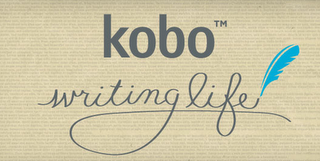Finally! PublishAmerica has been scamming authors out of their hard earned dollars for too many years. If you haven't heard about the shenanigans of PublishAmerica, take a gander at what Writer Beware has to say.
The Great PublishAmerica Hoax:
Writer Beware has received scores of complaints over the years about PublishAmerica, and hundreds more can be found online. The company has been the subject of at least one successful arbitration proceeding, resulting in a substantial award for a PA author.My advice: Don't even think about sending your work to PublishingAmerica. Few things in life are guaranteed, but if you send your work to PublishAmerica you're sending it into painful obscurity.
On June 11, 2012, a class action complaint against PublishAmerica was filed in US District Court in Maryland, in the name of three plaintiffs. See Writer Beware’s blog for more.
This information is current as of the update date at the top of the page. Writer Beware receives complaints, advisories, reports, and/or questions about PublishAmerica at least monthly.
Here's part of the introduction to the complaint in the class action lawsuit:
Like plaintiffs, thousands of other aspiring authors who signed up with PublishAmerica have become demoralized because the publishing contract appears to be little more than a pretext for selling dubious services...These authors also feel trapped because PublishAmerica owns the rights to their books for seven to ten years. This presents a Hobson's choice for the authors: either throw good money after bad for suspect promotional services or abandon the book that was a labor of love.Read the rest here: Class Action Lawsuit Filed Against PublishAmerica.
Writer Beware will keep on top of this issue, and I'll provide updates as I receive them.









